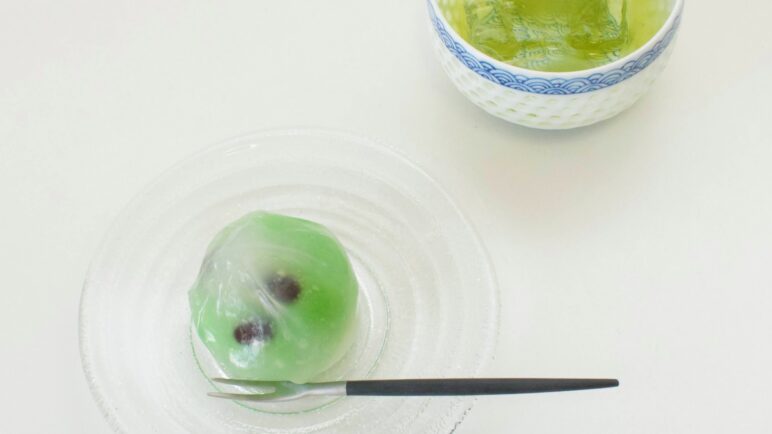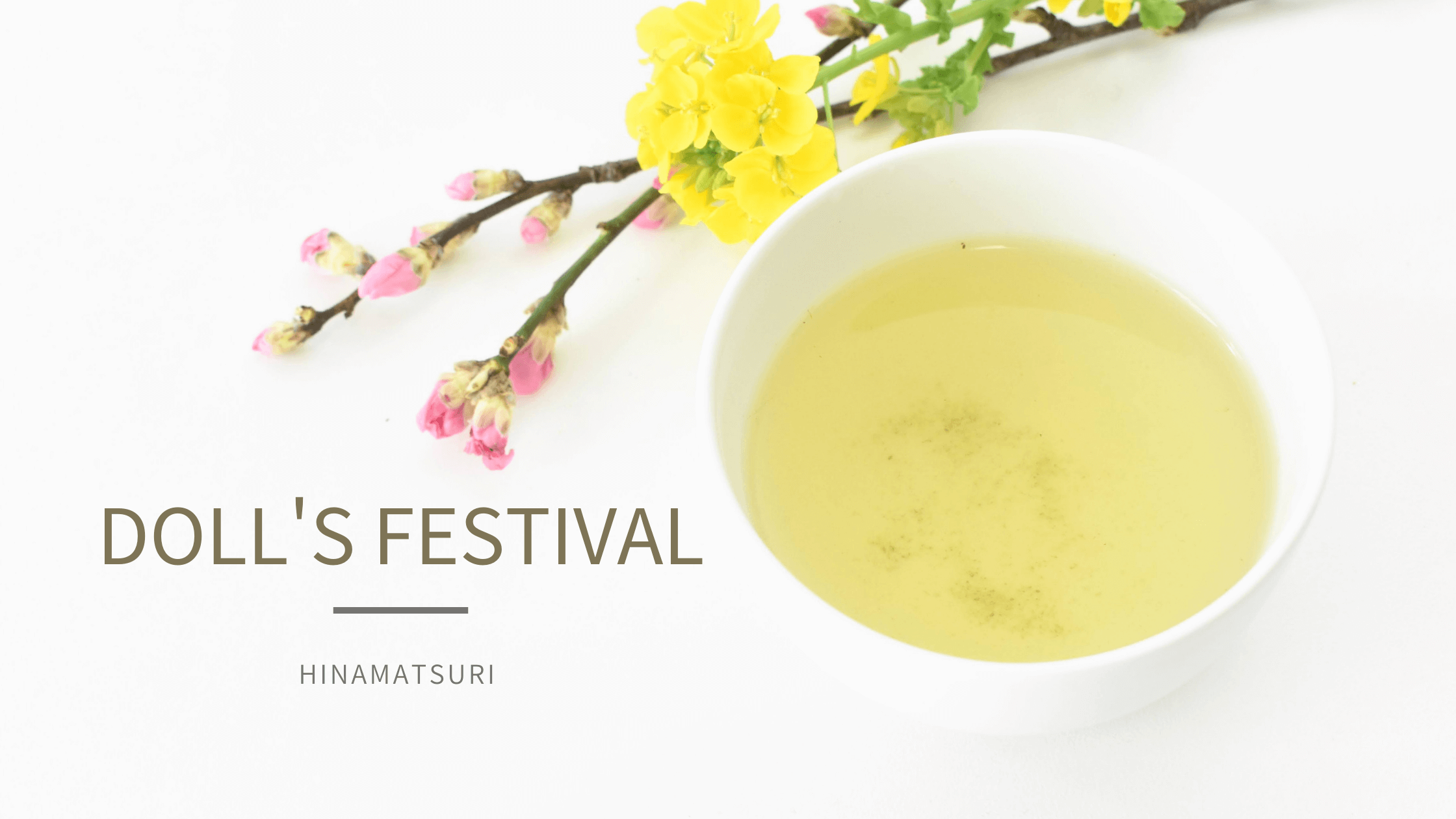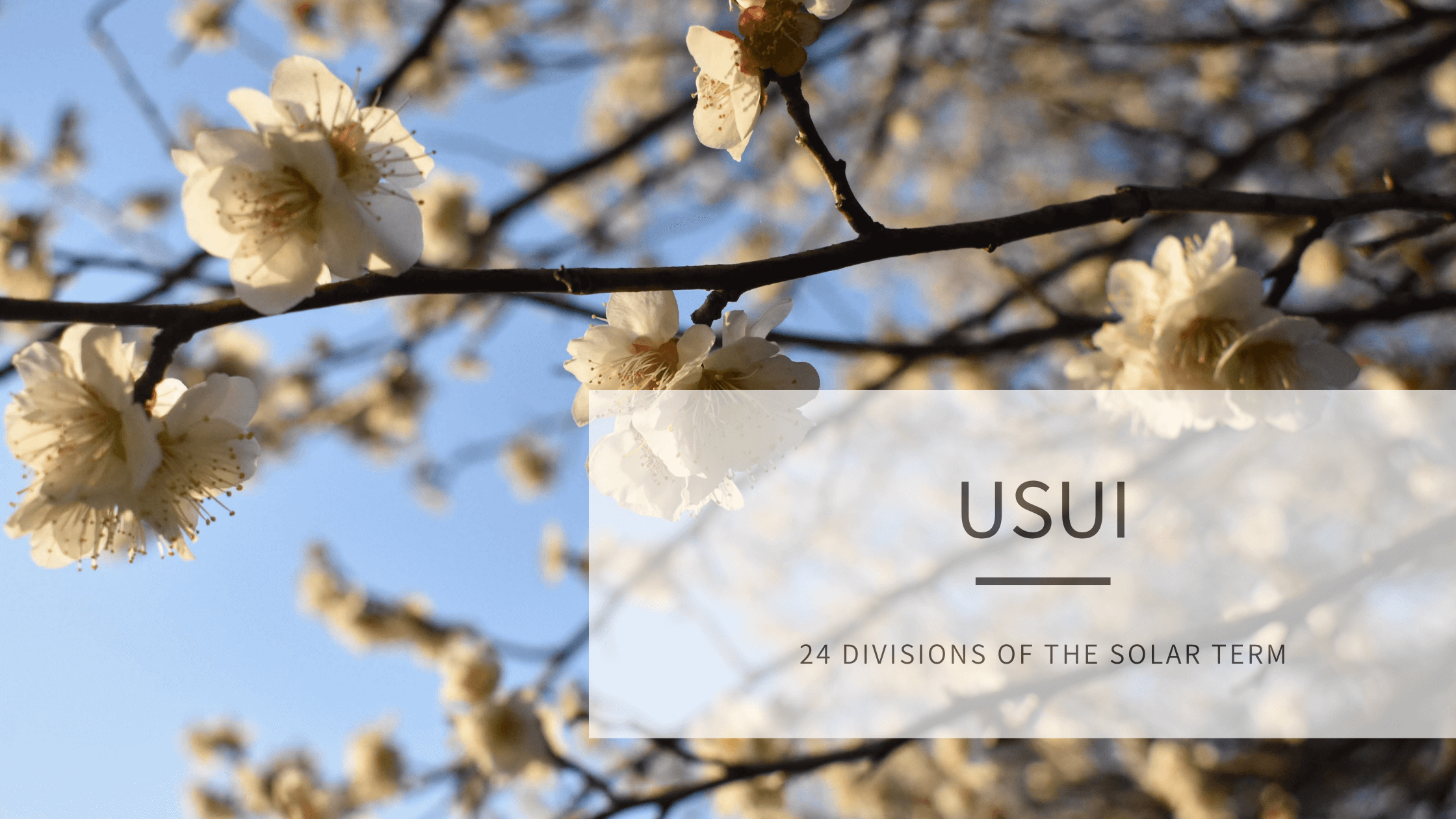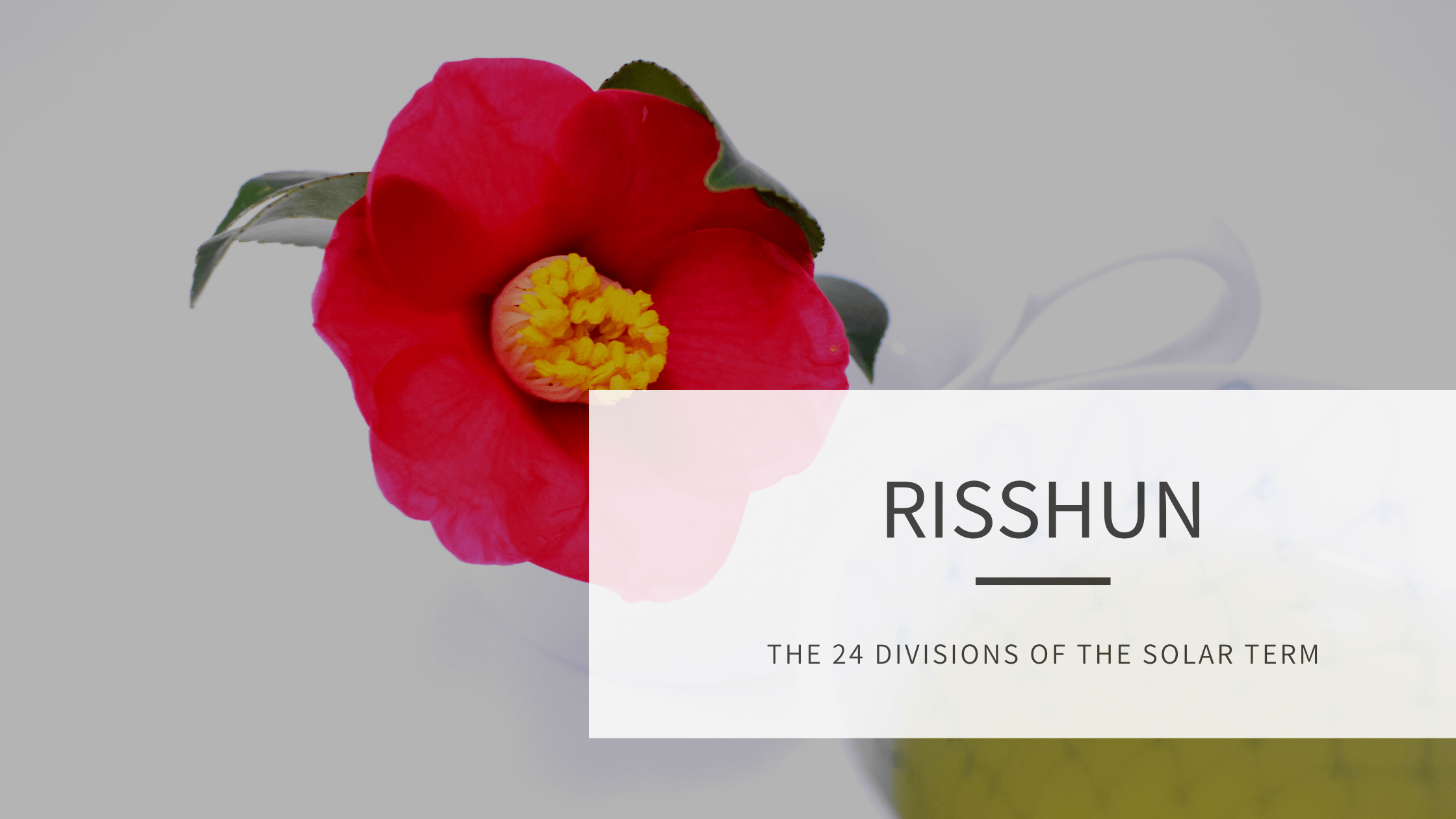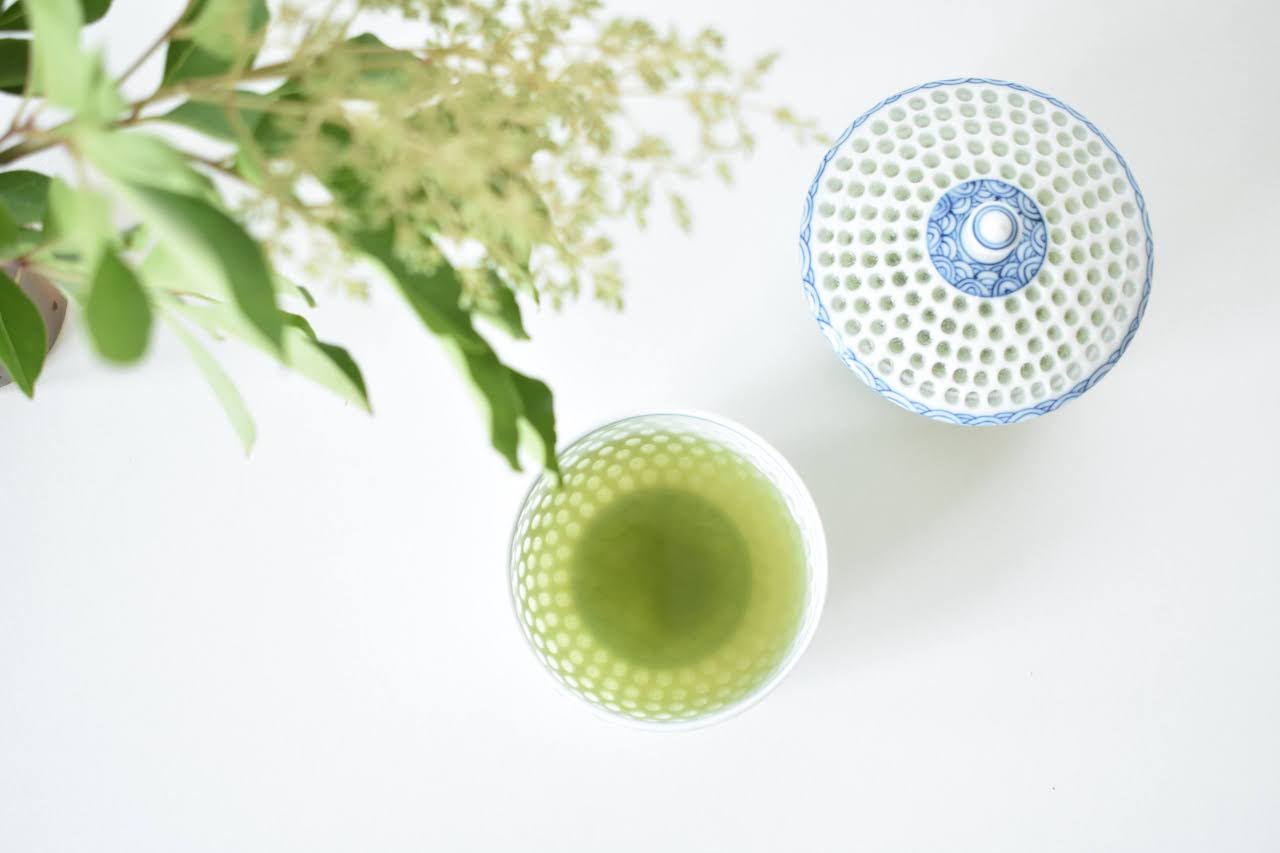 Cultures
Cultures Geshi: The longest day of the year
The summer solstice is the longest day of the year between sunrise and sunset.
It falls on the 21st or 22nd of June in the solar calendar, right in the middle of the summer season. It was a busy time for farmers in old Japan as it marked the end of the rice planting season and the beginning of s...
